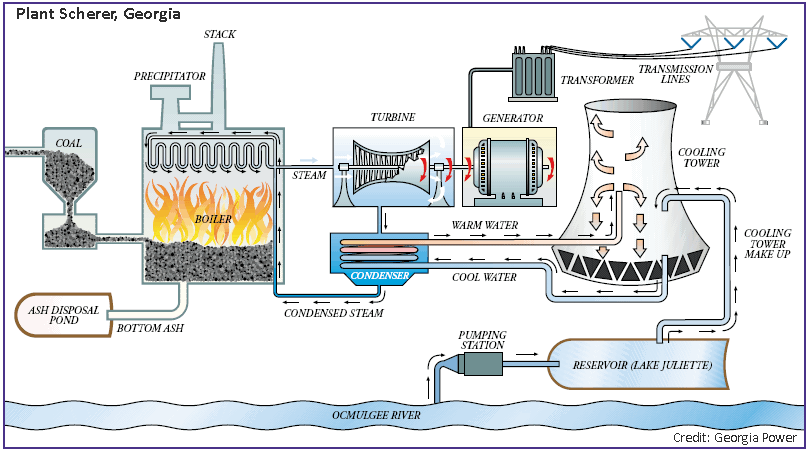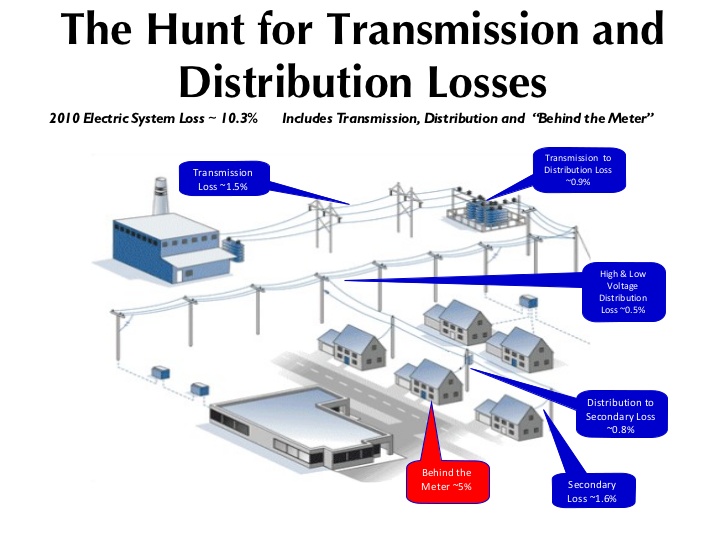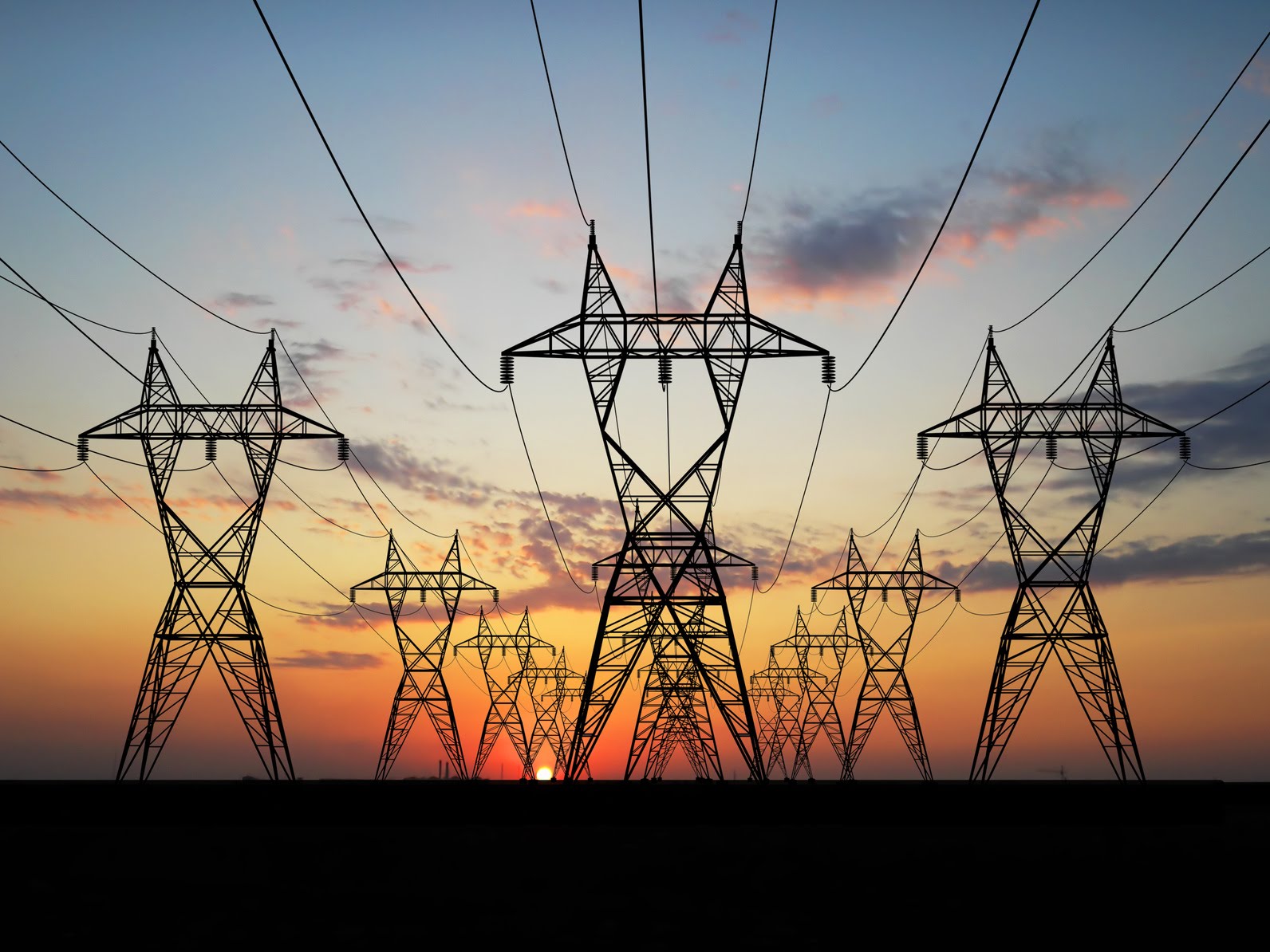Blog: Part 2.2 – Solutions for Energy Losses
If you´ve missed part 1 or part 2.1 please follow the links.
Part 2.2 – Solutions for Energy Losses
In response to President-elect Trump argument for the rebirth of ´clean´ coal I want to show why market forces will reject it. It is generally believed that fossil fuels contain a lot of energy, but did you know that just in the power plant they need to go through 5 processes to convert the fuel into usable electricity? A big amount of energy is lost in each one of these processes and in the transmission to the cities making the output energy just around 30% of the input. Furthermore, power plants require secondary processes such as Ash disposal, pumping cooling water, maintenance, cleaning, etc. (See below diagram)

Source: Georgia Power
Solutions for Energy Conversion
Renewable energy has been a great improvement in this sense as it avoids physically moving the fuel or burning it. Furthermore, the fuel is free.
Every form of energy in this world derives ultimately from the sun, however, only two forms of energy generation transform sunlight into usable energy in just one step. These are: Solar thermal (to generate heat with efficiencies of over 80%) and Solar photovoltaic (to generate electricity with efficiencies of around 20%). This makes Solar the energy of the future.
Solutions to Transmission Losses
The second main cause of energy losses is transportation, also called transmission. There are many types of losses incurred during transmission but we are going to focus on the main one, resistance (which in turn generates heat).

Source: Penn Institute for Urban Research
The main reason for losses is that we are trying to carry large amounts of electric current through a limited area (Same as the subway in rush hour). The cables will get hot and the energy will dissipate in the air around the cables.
Traditionally energy has been generated centrally and distributed far away around the country. The main reason was to increase efficiency and economies of scale of power plants. However, nowadays, especially thanks to renewable energy there is a concept growing in popularity: Distributed generation. Every year more and more power is generated closer to the point of use. Domestic solar for example has been a recent success story in countries like Germany, Australia or the US. Equipment and installation costs have dropped dramatically in the last few years, with the recent addition of affordable battery storage to the mix a well-designed system in a ´sunny enough´ location is economically viable even with no government subsidies.

